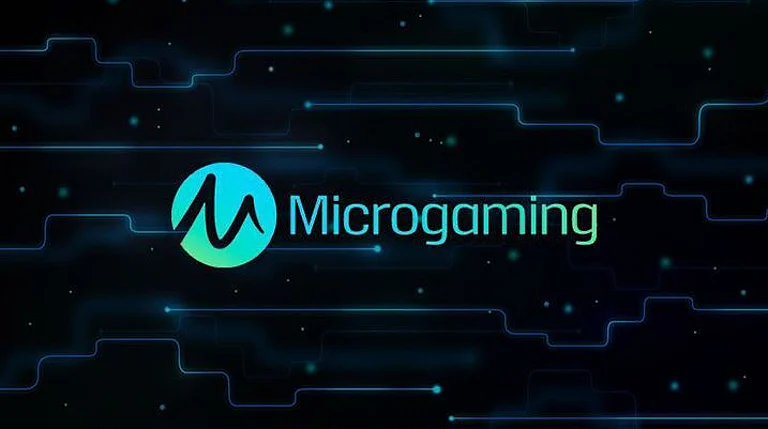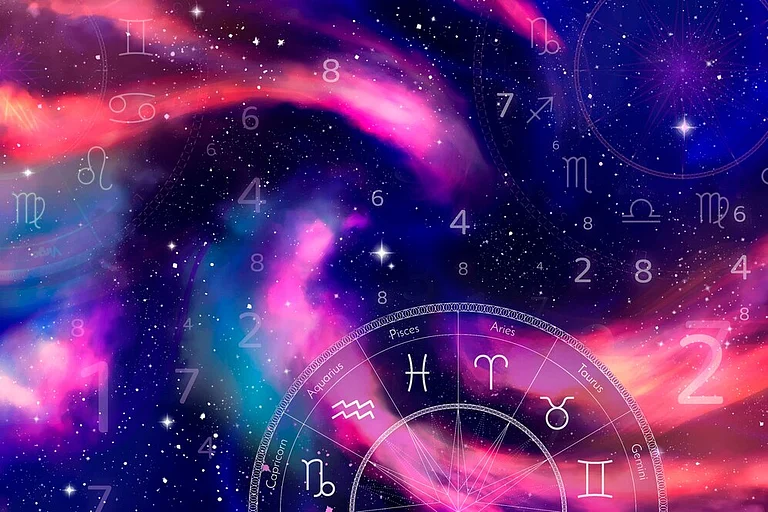Ashok Kumar Yadav, who hails from Deoghar district in Jharkhand, was living in Delhi when the lockdown was announced on March 24, 2020. He worked at a shoe factory. With no work and income, every minute of the lockdown was an ordeal, and not a day went by when Yadav and 36 co-workers from his home state did not make an attempt to go back home. “We even tried contacting some netas (MPs and MLAs), but no one was able to help,” says Yadav, 38.
After 50 days of the lockdown, they managed to get in touch with a mini-bus driver who agreed to take them to Jharkhand, but said he would charge Rs 2.80 lakh—each person had to arrange for Rs 7-8,000. Yadav’s family in Arajoli village in Deoghar had to sell their cattle to send him the amount. “It has been three years, but I still remember every minute detail of the horrific time,” says Yadav.
Staying in Delhi was not an option. “They stopped giving us ration. We were not getting salaries but we were expected to pay the rent,” says Rinku Kumar, who left along with Yadav.
Between May and July 2020, the State Migrant Control Room (SMCR) in Ranchi received almost one million calls from migrant labourers from Jharkhand who were stuck in different cities across the country. The Jharkhand government facilitated the return of 8.5 lakh migrant workers to the state.
The next big challenge was to provide employment to those who had returned. The Jharkhand government undertook a survey to map the skillset of migrant labourers. The database would help the government connect the workforce with effective schemes.
A survey of 4.56 lakh migrant workers revealed that 3.06 lakh were skilled, primarily in agriculture and animal husbandry. Apart from the survey, the state government also launched many initiatives like community horticulture, water conservation projects and making playgrounds at the panchayat-level, but these were short-term.
The pandemic revealed the magnitude of rural-to-urban migration in India and brought to the fore issues of exploitation faced by migrant workers. Based on the learnings from the lockdown, the Jharkhand government launched a series of initiatives that would help in forming policies for migrant workers.
Safe Migration Corridor
In October 2021, the state government launched the Safe and Responsible Migration Initiative (SRMI) to enable systemic registration of migrant workers for monitoring and analysis in the source as well as the destination districts.
The state government signed a Memorandum of Understanding (MoU) with the Policy and Development Advisory Group (PDAG) to launch the initiative that focuses on “evidence-based and data-driven policy-making on the issues faced by migrant workers.”
“To address the issues of migrant workers, there must be a synergetic approach between the source state and the destination state,” says Arindam Banerjee, founding partner at the PDAG. “To build up a comprehensive policy framework, we need to identify migrant corridors, destination states and understand their familial composition in the home districts and villages,” he adds.
For now, the SRMI is operative in three districts—Gumla, Dumka and West Singhbhum. These districts were chosen based on the density of migration. “West Singhbhum suffers distress migration due to mining works and Dumka has a long history of outbound migrant labourers since colonial days. Gumla, a border district, also sees a huge migration,” informs Banerjee.
As destination states, the initiative has chosen Union Territory Ladakh and Kerala. During the lockdown, Jharkhand successfully airlifted 60 migrant labourers who were stranded in Leh.
The development of the synergetic relationship between the states has led to the administration of Ladakh appointing a nodal officer for coordination between the two governments. Additional labour commissioner, Kargil, has issued letters to the Border Roads Organisation (BRO), directing them to hire labourers only from the registered labour agencies in Kargil. The intention is to avoid the exploitation of workers and to maintain the data. In Kerala, the SRMI team has been focusing on maternal and child health besides facilitating school admissions for migrant children.
‘No’ to Middlemen
The SRMI notably makes the labour contractors accountable and hence tries to abolish the system of middlemen.
Dukhiya Soren from Jharkhand and a few of his family members were working at a hospital in Delhi before the lockdown. They would provide tiffin service to the hospital and had got the job through a middleman. “When the lockdown was announced, our supervisor stopped paying us. When we contacted the middleman, he put the onus on the supervisor. My dues were cleared after many months, but some of my family members still have not got theirs,” says Soren.
During the lockdown, he somehow managed to come back to his village in Seraikela Kharsawan district in Jharkhand, but never went back. “You can’t trust these middlemen and supervisors. It’s better to live and work in your village,” says Soren. His family has a few bighas of land that he now tills for survival.
The migrant workers now first register with the SRMI centres in their districts and leave for destination states through registered labour agencies. There are offices in Ladakh and Kerala now that monitor the whole process of migration and ensure social security. “The significance of registered labour agencies lies in the accountability,” says Banerjee, elaborating on how the SRMI is connecting to middlemen across the three districts to make a proper “channel”.
The Migration Survey
At the beginning of this year, the state undertook a survey— the Jharkhand Migrant Survey—to estimate the number of migrants from Jharkhand to various destinations along with the migration rate. As part of the survey, 11,000 households across 24 districts were chosen. Through qualitative interviews and focused group discussions, the survey aims to unravel the demographic characters and socio-economic status of the migrants, besides identifying major reasons for migration and the migration corridors.
Several factors, including climate change, development-induced displacement and loss of agricultural security contribute formidably to migration. “Displacement and enforced migration are the key precipitating factors for this disturbing trend,” says Ajay Saini, who teaches at the Centre for Rural Development and Technology, IIT Delhi. “A faulty yet popular paradigm of development has badly affected the indigenes in India, especially in resource-rich states like Jharkhand,” he adds.
Data shows in the last 50 years, at least 50 million people have been displaced. Of this, 40% belong to indigenous communities. Thus, Jharkhand, having 27% Adivasi population, needs to know the number of people moving out to come up with workable policy frameworks for the migrants. The Jharkhand Migration Survey will look into these diverse aspects, finding out the circumstances in which they leave the state in the first place. It will also enquire about the remittances and their utilisation alongside women’s participation in the decision-making process.
The data collection for the survey is complete and currently the volunteers are connecting to migrant workers who were unavailable during the survey over the phone. For 62 days, volunteers gathered data from 436 locations in 24 districts. They will submit the report to the labour department, the Chief Secretary and the Chief Minister’s Office (CMO) by May.
While the administration is busy identifying migrants and trying to secure their social welfare, a few migrant labourers want the government to give them jobs in their home state. “The government should give us jobs in our villages. We would not have to leave the state and there won’t be a need for any survey to count us,” says Yadav, who had no option but to come back to Delhi and work in the shoe industry again.
(This appeared in the print edition as "The Head Count")



























